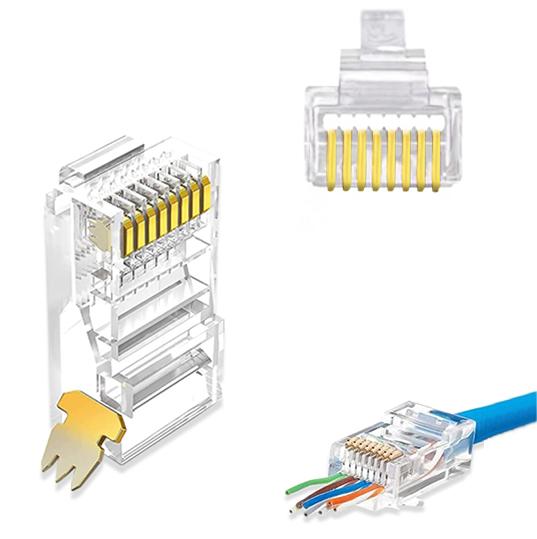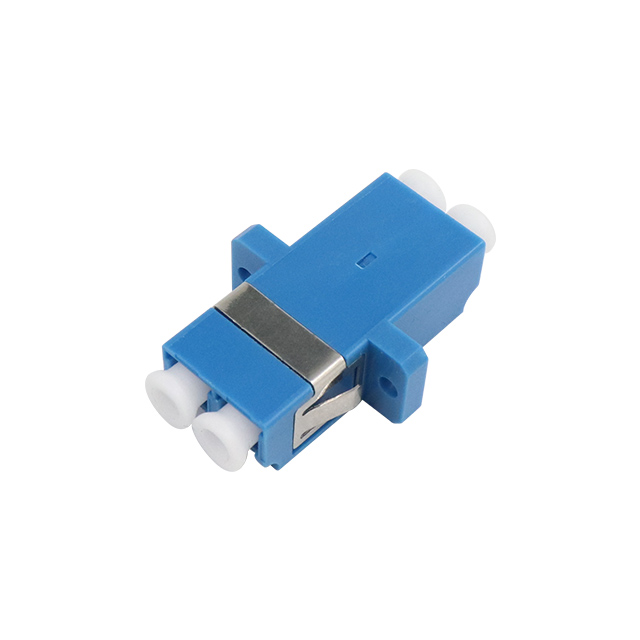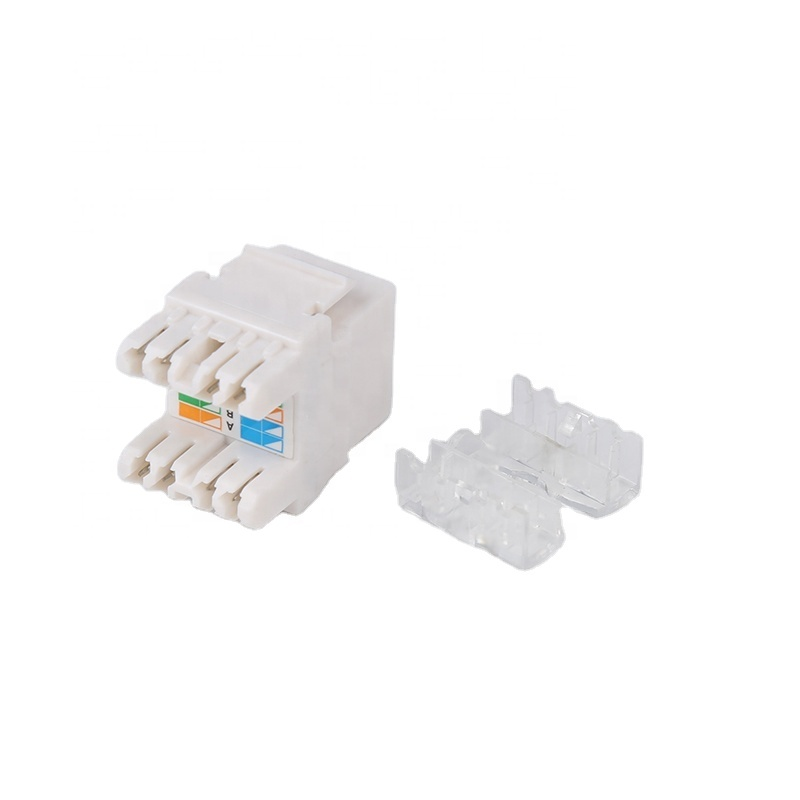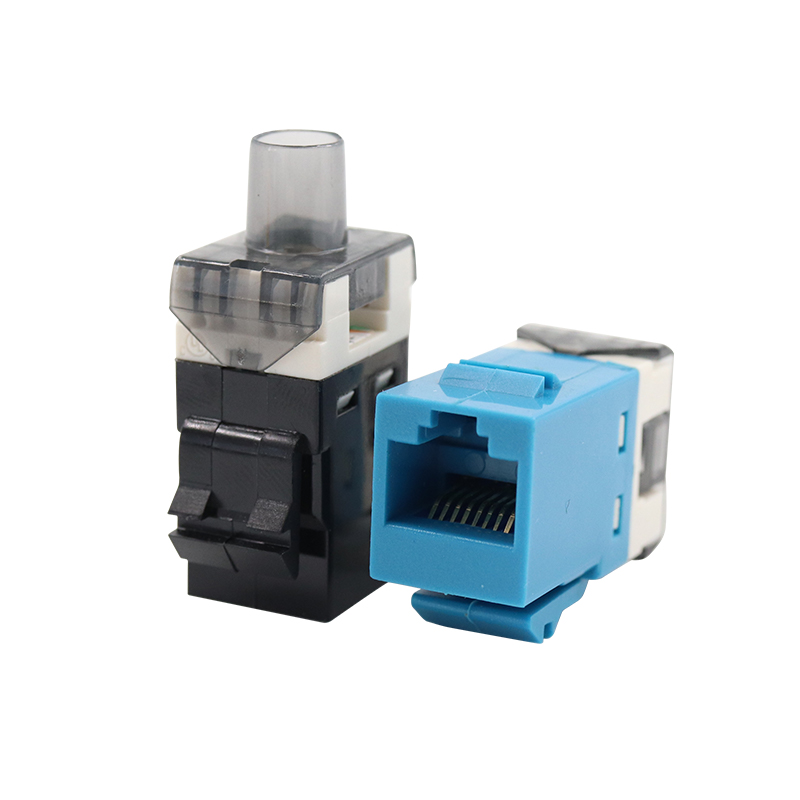How to test fiber optic patch cords?
2025-09-22
Fiber Optic Patch Cord Testing Practical Guide
1. Basic Continuity Test
Tool: Red Light Pen (Visual Fault Locator)
Procedure: Connect one end of the patch cord to a red light pen and visually observe the light output from the other end (do not look directly into the fiber port).
Pass: Red light is evenly transmitted (no dark spots or flickering).
Fail: A bright red spot is visible at the breakpoint (the location of the fiber core break).
2. Endface Contamination Detection
Tool: Fiber Optic Microscope (200x magnification or higher)
Procedure: Remove the patch cord dust cap and directly observe the connector endface (power off first).
Pass: The ceramic sleeve is clean, free of scratches or oil stains.
Failure:
Dust/fingerprints: Blocking the optical path (requires a special cleaning pen).
Cracks/chips: Immediately discard (irreparable).
3. Critical Loss Test
Tool: Optical Power Meter + Stable Light Source
Procedure: Connect the light source to one end of the patch cord and emit a reference light (e.g., 1310nm). Connect a power meter to the other end and read the loss value (dB).
Pass:
Multimode patch cord: ≤0.5dB (within 100 meters).
Single-mode patch cord: ≤0.3dB (within 1 kilometer).
Failure: Loss >1dB (possible: excessive bending/endface degradation).
4. Polarity Verification (Duplex/MPO Patch Cords)
Duplex patch cord:
Method: Connect a red laser pointer to the Tx end; the Rx end should emit light (crossover).
MPO patch cord:
Tool: MPO polarity tester
Determination: Type A-B (straight-through) or Type A-C (crossover) must match the device interface.
5. Stress Simulation Test
Scenario: Risk of bending/pulling the patch cord after deployment
Procedure:
Wrap the patch cord three times around a 4cm diameter cylinder.
Monitor the optical power fluctuation in real time during the test.
Pass: Fluctuation ≤0.2dB (bend-insensitive patch cord). Failure: Power drop > 1dB (jacket or fiber core damaged).
6. Extreme Environment Testing
Temperature Swing Test (only required for outdoor patch cords):
Fridge (-20°C) → Room Temperature → Oven (+60°C) cycle 3 times.
Pass: Loss change < 0.1dB.
Waterproof Test (IP67-rated patch cords):
Immerse the connector in water for 30 minutes, wipe dry, and measure insulation resistance (> 1000MΩ).
Prohibition Methods and Alternative Solutions
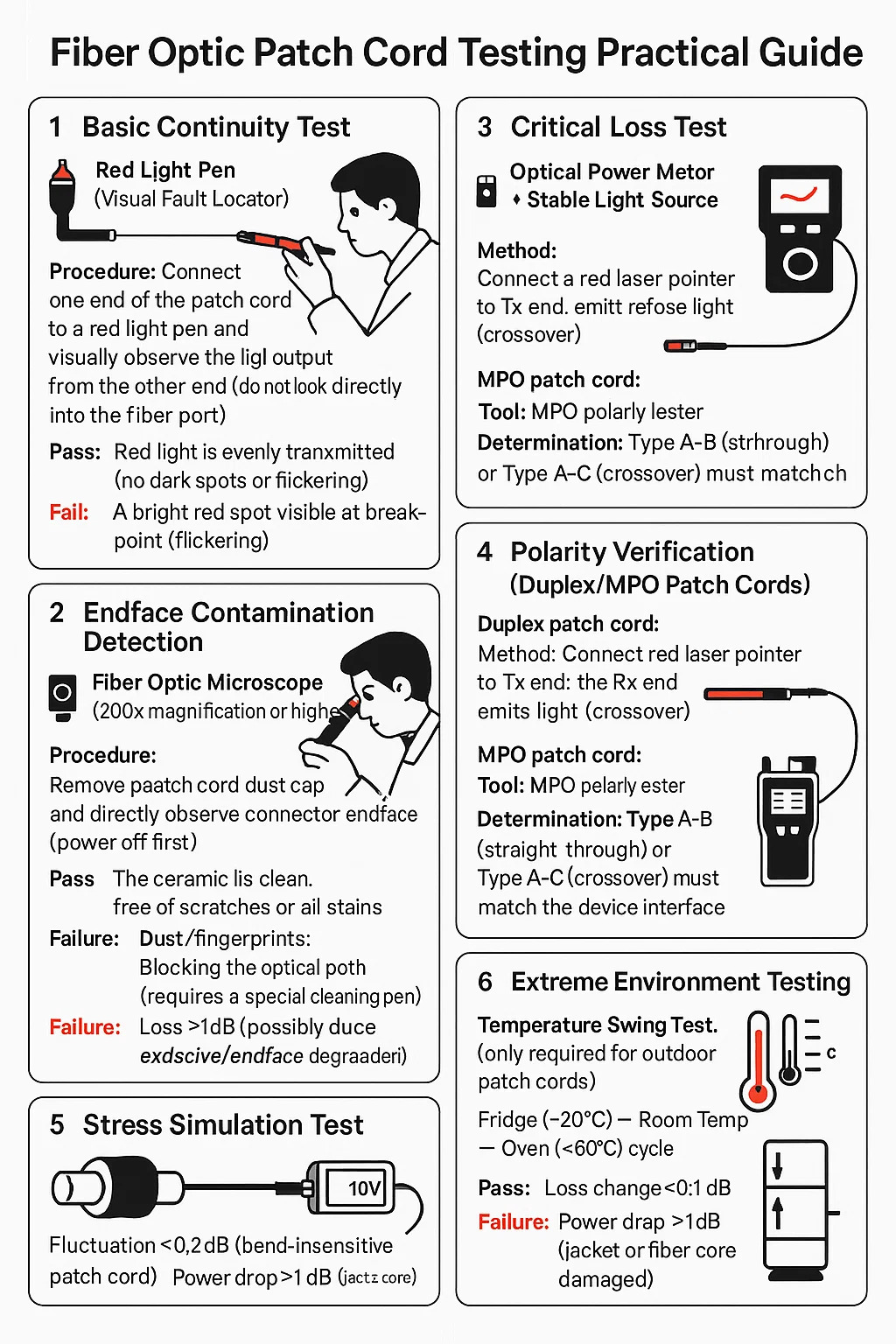
cooperate with PUXIN?
Contact us to find out how our products can transform your business and
take it to the next level.




